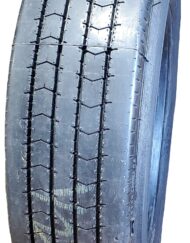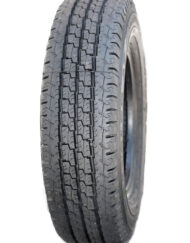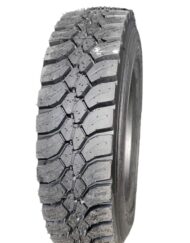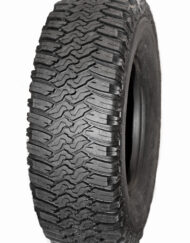Successfully Retreading Wide Base Tires
Wide based tires, such as those used on farm or construction equipment or larger vehicles, can come with quite a hefty price tag. To improve your cost efficiency and stretch your budget further, you may want to consider investing in wide tires that have been retreaded. These are recycled tires that are put through a rigorous process to be made safe for re-use. They’re also much more affordable than new tires, making them an attractive option for individuals and businesses alike. That said, here’s a glimpse into how the process of retreading wide base tires actually works.
Initial Inspection – Prior to any tire being retreaded, it must undergo a comprehensive initial inspection to ensure that it’s in good enough shape to be recycled. Additionally, the retreading company must make sure their lifting apparatus can handle the casing width of wide tires. The electronic liner inspection probe requires a minimum width of 12.1 inches and the rotation speed of the inspection equipment is up to par.
Buffing – The next step in the retreading process involves buffing the approved tire. For tires with a wide base, such as tractor tires or semi-truck tires, the retreading company must have an expandable rim width of at least 14.5 inches as well as a minimum inflation pressure of between 18 and 22 PSI before the buffing process can begin. Proper buff radius should be 67 inches, +/- 2 inches.
Probing – Following the buff inspection, should any cracks or splits remain in either one or both tire shoulders in the vicinity of the external tread groove, that crack or split should be properly probed. If doing so results in penetration into steel or produces a feeling that the material is either soft or loose, the casing should be rejected. Furthermore, if a 360 degree product interface line is visible after the buff, it too should be probed and rejected if/when loose material is discovered.
Building – The next step in the retreading process involves building of the new tire. As with the buffing process, a minimum expandable rim width of 14.5 inches is required. The rollers on the tread table should be completely cleaned prior to each tread building series and the process should not begin until the pressure within the tire has reached the target inflation pressure as recommended by the manufacturer.
Enveloping, Curing and Final Inspection – It’s critical that the retreading company closely adhere to the supplier recommended products and specifications from the manufacturer as this will further improve the chances of a successful wide based tire retreading.
Ultimately, the biggest takeaway from this article should be that the retreading process for wide base tires is something that should be taken very seriously. Given the size of the equipment that uses these types of wide tires, the entire process should closely follow all guidelines, recommendations,and specifications. There are no shortcuts and the process cannot be rushed.
Are you interested in learning more about whether retread might be an option for your wide base tire needs? Give us a call today at 855-507-3227 and let’s discuss how we can help.




